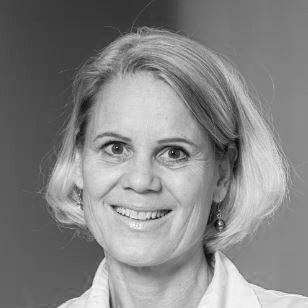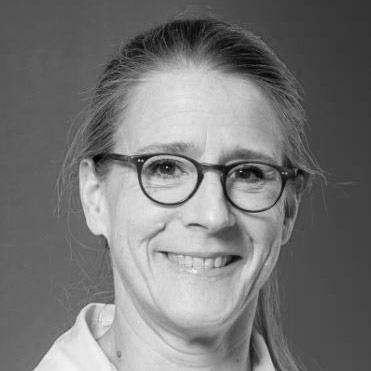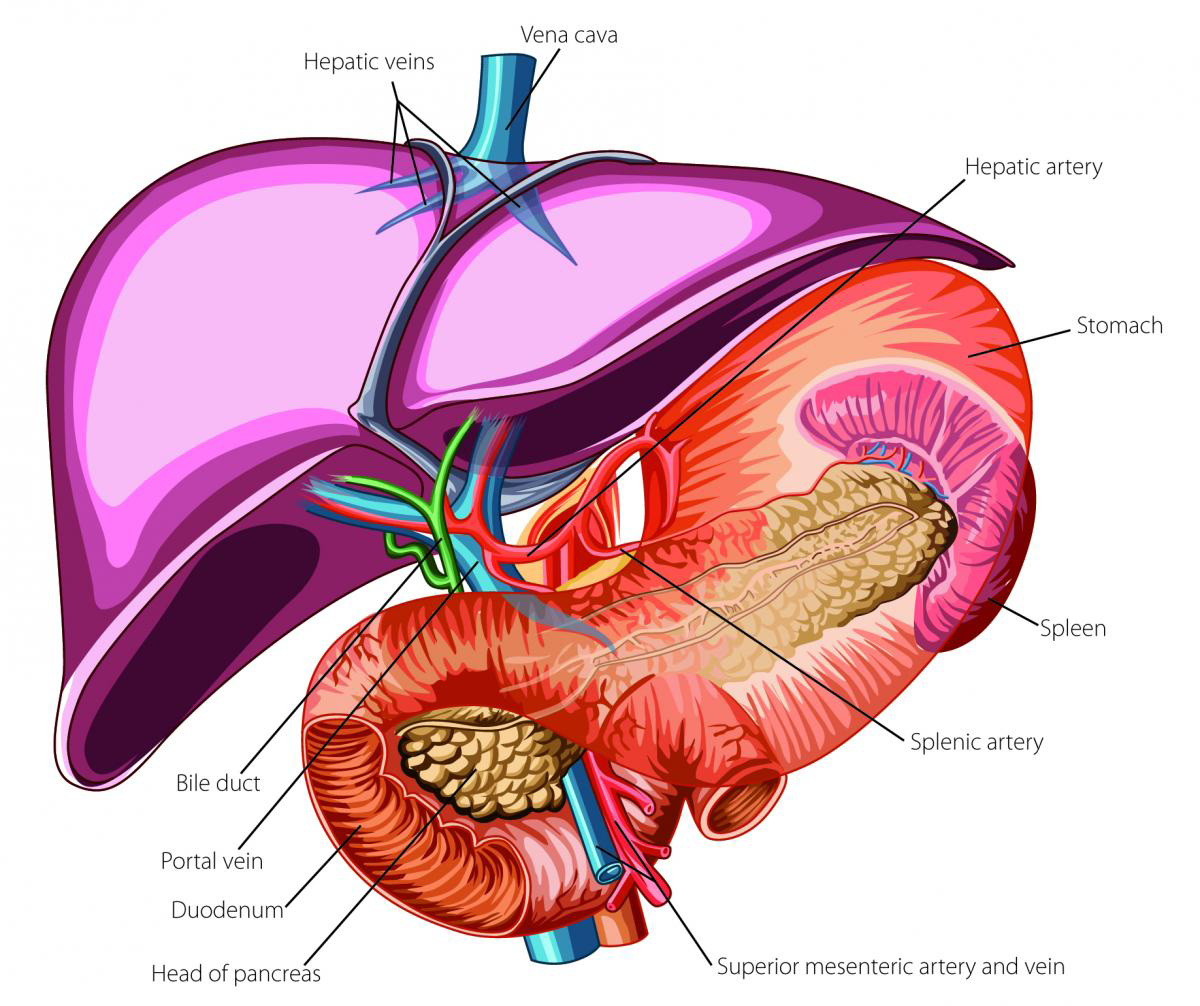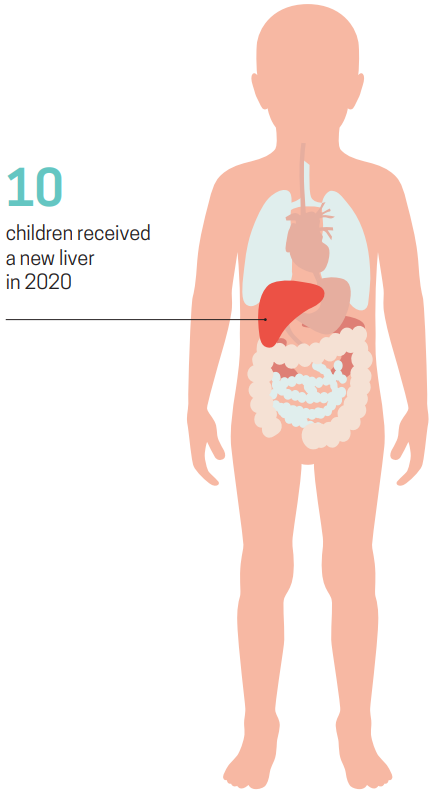The liver and its environment
Blood vessels
Vessels that enter the liver
A groove separates the liver in two. It's at this level called the “hilum” that the hepatic artery and the portal vein enter the liver. As they enter the liver, they divide to form a large network of extremely fine vessels.
Blood in the portal vein carries substances that are transformed by the liver. Blood in the hepatic artery essentially supplies the oxygen that the organ needs.
Vessels that exit the liver
After exchanges are made with liver cells, blood exits through three hepatic veins. These then enter the inferior vena cava, which travels towards the heart.
A food processing plant
Once digestion has taken place in the intestines, substances in food are carried to the liver by the portal vein.
Sugars
Sugars, like glucose, are converted into a type of reserve fuel called glycogen. Glycogen is stored in liver cells.
Depending on the needs of the body, the liver then converts glycogen back into glucose and releases it into the bloodstream. This ensures that the body has enough fuel to do its work.
Fats
Similarly, fats are converted into triglycerides and stored in liver cells. These triglycerides are used in response to the body's energy needs.
Proteins
The liver uses certain protein components from digestion to make the proteins needed for proper functioning of our body, such as albumin, hemoglobin and blood factors that enable coagulation.
A purification plant for the body
Some elements that enter the liver are toxic to the body.The liver’s job is to convert (degrade) them into non-toxic products.
Some products that have become non-toxic dissolve in fats (fat-soluble) and are removed by the bile into the intestine, and then in stool.
Products that dissolve in water (water-soluble) are released into the blood, which takes them to the kidneys. Then they are filtered and eliminated in the urine.
The special case of red blood cells
Red blood cells, which contain hemoglobin, are present in blood. They have a lifespan of about 120 days.
At the end of this period, they are destroyed in the spleen. The spleen converts hemoglobin into a toxic yellow substance called free bilirubin.
Bilirubin is taken to the liver, which makes it harmless, and then it is called conjugated bilirubin. It is the main component of bile and is removed in stool. This is also what gives stool its brown color.
Another role of bile is to help specifically with the digestion of fat.



